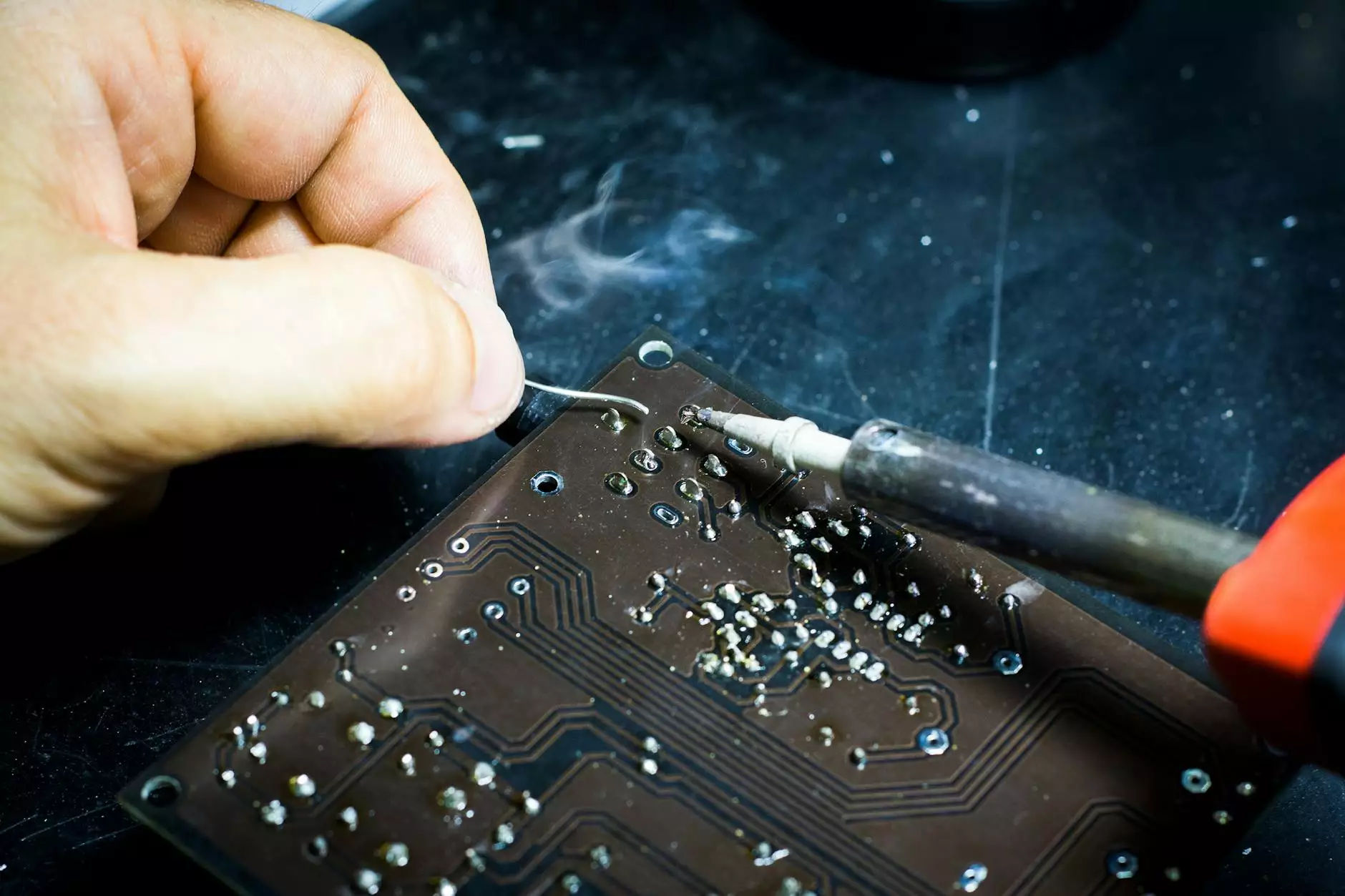What's with the Expiration Dates on Solder Paste or Wire?

Introduction
When it comes to soldering, using high-quality solder paste or wire is essential for achieving reliable and durable connections. However, you may have noticed that these soldering materials come with expiration dates. You might be wondering what these dates mean and how they impact the performance of the soldering products.
Understanding Expiration Dates
Expiration dates on solder paste or wire indicate the period during which the manufacturer guarantees the optimal performance of the product. They are based on various factors, including the chemical composition of the soldering material and its storage conditions. Using soldering materials beyond their expiration dates can lead to decreased effectiveness, poor solder joints, and even failure of the soldering process.
Why Do Soldering Materials Have Expiration Dates?
Solder paste and wire are made up of a combination of metal alloys and fluxes. Over time, fluxes degrade and lose their effectiveness due to oxidation or chemical reactions. This degradation can impact the usability of the soldering material, leading to weak connections, electrical failures, or inconsistent soldering results.
The Importance of Fresh Soldering Materials
Using fresh soldering materials, within their expiration dates, is crucial for several reasons:
1. Optimal Performance:
Fresh soldering materials offer superior performance, ensuring reliable and durable solder joints. They provide better wetting, reduced bridging, and improved adhesion, resulting in high-quality connections.
2. Consistency in Results:
By using solder paste or wire within their expiration dates, you can achieve consistent results batch after batch. This consistency is vital for production processes where repeatability and reliability are key.
3. Reduced Rework:
Expired soldering materials increase the chances of flawed connections, which may require rework. Rework not only adds to production time but also leads to additional costs. By using fresh soldering materials, you can minimize rework and improve efficiency.
Storage and Shelf Life
To maximize the shelf life of solder paste or wire, proper storage is crucial:
1. Temperature and Humidity:
Store soldering materials in a cool, dry place, preferably between 5°C and 10°C (41°F and 50°F) with humidity levels below 50%. Exposure to high temperatures and humidity can accelerate the degradation process, reducing the effectiveness and shelf life of the soldering materials.
2. Seal and Packaging:
Seal the containers tightly and ensure they are stored in their original packaging. Proper sealing and packaging help protect the soldering materials from contaminants, moisture, and air exposure, preserving their quality and extending their shelf life.
3. Monitoring and Rotation:
Regularly check the expiration dates of solder paste or wire in your inventory and prioritize the usage of materials based on their expiration dates by implementing a "first in, first out" system. This practice promotes efficiency and maximizes the use of fresh soldering materials.
Trust SEO in Sydney for High-Quality Soldering Solutions
At SEO in Sydney, we understand the significance of using reliable and up-to-date soldering materials. Our team is well-versed in the intricacies of soldering and can provide expert guidance on the selection, usage, and storage of solder paste and wire. With our comprehensive knowledge and dedication to quality, we ensure that our clients achieve superior soldering results.
When it comes to soldering, there's no compromise on quality. Contact SEO in Sydney today and let us assist you in optimizing your soldering processes with the right soldering materials.



